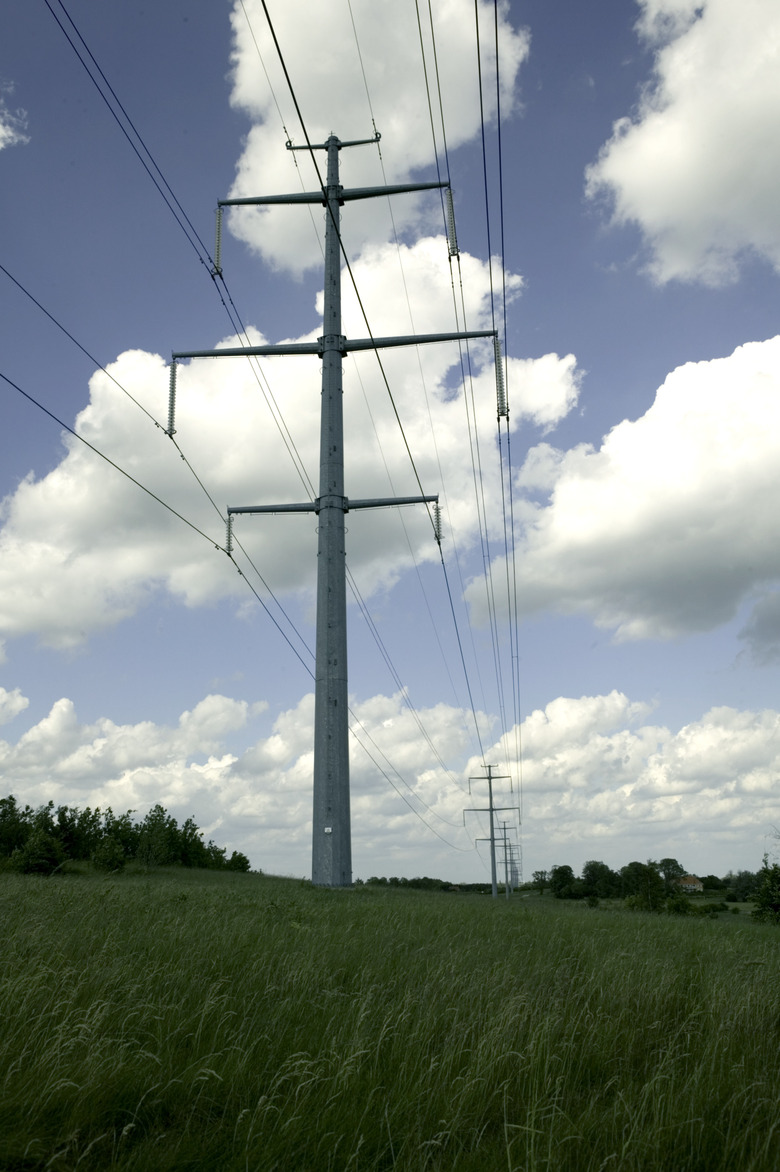The Characteristics Of The Mitochondria
The human body is made of trillions of tiny living units called cells. Each cell is invisible to the naked eye, yet they are all capable of performing hundreds of individual functions — everything necessary for the body to survive and grow. Among other roles, small structures called mitochondria help transform the energy stored in carbohydrates into a form that cells can use to accomplish those many functions.
General Structure
General Structure
Mitochondria are members of a group of structures inside a cell called organelles, which are separated from the rest of the cell by phospholipid membranes. In addition, mitochondria are the only dual-membrane organelles. The folded inner membrane plays a key role in the production of energy. The space between the two membranes is called the intermembrane space, while the area inside the inner membrane is called the matrix.
Mitochondria Genes and Separate Division
Mitochondria Genes and Separate Division
Two other unique features of mitochondria are a circular genome, completely separate from the linear DNA found in the nucleus, and the ability to divide independently from the surrounding cell. While nuclear chromosomes are inherited equally from both parents, mitochondrial DNA is only inherited from the mother. When the cell needs more energy, it can simply signal its mitochondria to divide. In other words, you would expect to find more of these organelles in energy-intensive tissues, such as the heart and other muscles, and less in a skin cell or a neuron.
Energy Production and Biomolecule Metabolism
Energy Production and Biomolecule Metabolism
Mitochondria host several enzymatic pathways — such as the first few steps of the urea cycle — but by far the most important is the citric acid or Krebs cycle. Enzymes in this pathway can be found in the mitochondrial matrix, and they work in sequence to convert pyruvate from the cytoplasm into carbon dioxide molecules. High-energy electrons are shuttled from the carbon chain to the electron transport chain, a group of protein complexes embedded in the inner membrane. These complexes use the electrons to force hydrogen atoms into the intermembrane space; when the atoms diffuse back into the matrix, cellular energy is produced in the form of adenosine triphosphate, or ATP.
Apoptosis
Apoptosis
The intermembrane space is home to an important compound called cytochrome c. When cellular components are damaged, or when the cell receives certain environmental signals, mitochondria release cytochrome c into the cytoplasm. This event starts a torrent of enzymatic activity that eventually leads to a programmed, orderly dismantling of the entire cell. This pathway is called apoptosis, and it is not generally a bad thing for the organism. It provides the organism with a convenient way to remove cells and tissues that are no longer needed or that are getting too old and need to be recycled.
References
- American Journal of Physiology: Calcium, ATP, and ROS: a Mitochondrial Love-Hate Triangle
- Genes and Development: Mitochondrial Dynamics and Apoptosis
- Nature Education: mtDNA and Mitochondrial Diseases
- National Institutes of Health: Urea Cycle
- Nature Education: Mitochondria
- Human Anatomy and Physiology; Elaine N. Marieb
Cite This Article
MLA
Mullis, Robert. "The Characteristics Of The Mitochondria" sciencing.com, https://www.sciencing.com/characteristics-mitochondria-12765/. 24 April 2017.
APA
Mullis, Robert. (2017, April 24). The Characteristics Of The Mitochondria. sciencing.com. Retrieved from https://www.sciencing.com/characteristics-mitochondria-12765/
Chicago
Mullis, Robert. The Characteristics Of The Mitochondria last modified August 30, 2022. https://www.sciencing.com/characteristics-mitochondria-12765/
